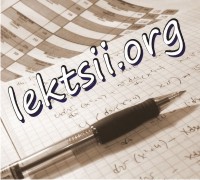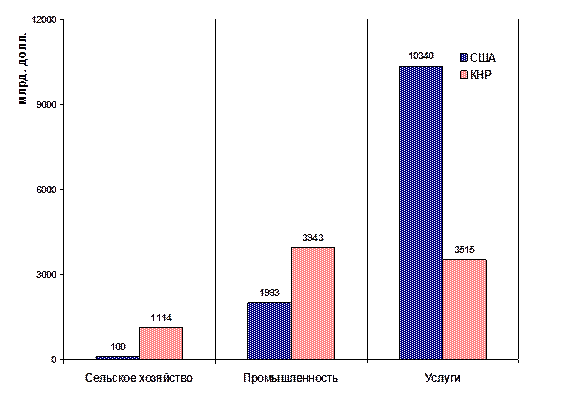
| In Great Britain health care is supported by the government. | ||
| A mixed economy can be called a command economy. | |||
| A planned economy combines features of mixed and market economies. | |||
| All the economies of the world are command ones. |
 «јƒјЌ»≈ N 26 сообщить об ошибке
«јƒјЌ»≈ N 26 сообщить об ошибке
“ема: »зучающее чтение с элементами аннотировани€
ѕрочитайте текст и выполните задани€.
Mixed economies
1. A mixed economy contains elements of both market and planned economies. At one extreme we have a command economy, which does not allow individuals to make economic decisions, at the other extreme we have a free market, where individuals exercise considerable economic freedom of choice without any government restrictions. Between these two extremes lies a mixed economy.
2. In mixed economies some resources are controlled by the government whilst others are used in response to the demands of consumers. Technically, all the economies of the world are mixed. Some countries are nearer to command economies, while others are closer to free market economies.
3. The aim of mixed economies is to avoid the disadvantages of both systems while enjoying the benefits that they both offer. So, in a mixed economy the government and the private sector interact in solving economic problems. The state controls the share of the output through taxation and transfer payments and intervenes to supply essential items such as health, education and defence, while private firms produce cars, furniture, electrical items and similar, less essential products.
4. The UK is a country with mixed economy. Some services are provided by the state (for example, health care and defence) whilst a range of privately owned businesses offer other goods and services.
«авершите утверждение согласно содержанию текста.
In mixed economies the government Е

| controls resources, taxation, public health and defence | ||
| controls the demands of consumers in the country | |||
| makes all the economic decisions in the country | |||
| lets private companies have their own decisions in all the spheres of economy |
 «јƒјЌ»≈ N 27 сообщить об ошибке
«јƒјЌ»≈ N 27 сообщить об ошибке
“ема: »зучающее чтение с элементами анализа информации
ѕрочитайте текст и выполните задани€.
Mixed economies
1. A mixed economy contains elements of both market and planned economies. At one extreme we have a command economy, which does not allow individuals to make economic decisions, at the other extreme we have a free market, where individuals exercise considerable economic freedom of choice without any government restrictions. Between these two extremes lies a mixed economy.
2. In mixed economies some resources are controlled by the government whilst others are used in response to the demands of consumers. Technically, all the economies of the world are mixed. Some countries are nearer to command economies, while others are closer to free market economies.
3. The aim of mixed economies is to avoid the disadvantages of both systems while enjoying the benefits that they both offer. So, in a mixed economy the government and the private sector interact in solving economic problems. The state controls the share of the output through taxation and transfer payments and intervenes to supply essential items such as health, education and defence, while private firms produce cars, furniture, electrical items and similar, less essential products.
4. The UK is a country with mixed economy. Some services are provided by the state (for example, health care and defence) whilst a range of privately owned businesses offer other goods and services.
|
|
|
ќтветьте на вопрос:
What is the purpose of a mixed economy?

| Its purpose is to avoid the disadvantages of market and planned economies and to use the advantages these economies both have. | ||
| Its purpose is to avoid the benefits that both market and planned economies offer and to use their strong points. | |||
| Its purpose is to use the disadvantages of market and planned economies while enjoying their strong points. | |||
| Its purpose is to use both the advantages and disadvantages of market and planned economies. |
 «јƒјЌ»≈ N 28 сообщить об ошибке
«јƒјЌ»≈ N 28 сообщить об ошибке
“ема: »зучающее чтение с выделением главных компонентов содержани€ текста
ѕрочитайте текст и выполните задани€.
Mixed economies
1. A mixed economy contains elements of both market and planned economies. At one extreme we have a command economy, which does not allow individuals to make economic decisions, at the other extreme we have a free market, where individuals exercise considerable economic freedom of choice without any government restrictions. Between these two extremes lies a mixed economy.
2. In mixed economies some resources are controlled by the government whilst others are used in response to the demands of consumers. Technically, all the economies of the world are mixed. Some countries are nearer to command economies, while others are closer to free market economies.
3. The aim of mixed economies is to avoid the disadvantages of both systems while enjoying the benefits that they both offer. So, in a mixed economy the government and the private sector interact in solving economic problems. The state controls the share of the output through taxation and transfer payments and intervenes to supply essential items such as health, education and defence, while private firms produce cars, furniture, electrical items and similar, less essential products.
4. The UK is a country with mixed economy. Some services are provided by the state (for example, health care and defence) whilst a range of privately owned businesses offer other goods and services.






